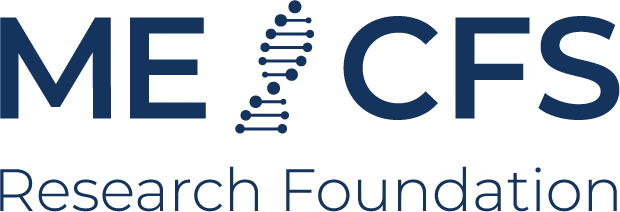Prusty Lab
About
Organisation:
Working group head:
Location:
Riga, Latvia
Research types:
Basic research
Link
Website
Description
Biology of Host Responses against the Virus Within. Herpesviruses live harmoniously within human hosts, yet sometimes things go wrong, and they start to contribute to the development of major diseases, including post-viral chronic illnesses like ME/CFS, long COVID, and other autoimmune diseases like Multiple Sclerosis. The Prusty lab aims to unravel the biological mechanisms that convert a friend to a foe and its consequences on the host cell. Understanding virus infection Single-cell RNA sequencing has become a powerful tool for understanding cellular physiology at a single-cell level. Further, single-cell SLAM-seq (scSLAM-seq) integrated metabolic RNA labeling, biochemical nucleoside conversion, and single-cell RNA-seq to directly measure total transcript levels, transcriptional activity, and the remaining “old” RNA from thousands of genes per cell. We have developed powerful tools to do scSLAM-seq in fixed cells. Innovative barcoding of these fixed cells allows us to combine multiple experimental conditions in one tube. In an ambitious project funded by Amar Foundation, USA, we are utilizing our unique expertise of scSLAM-seq in the field of ME/CFS and long COVID to understand infection-mediated cell-specific changes in human genes that can facilitate disease development. Linking Autoimmunity to ME/CFS and long COVID Autoimmunity is implicated as an important clinical feature of ME/CFS. One of the major bottlenecks of current methodologies is to assign functional and molecular relevance of virus infection and autoimmunity to the development and progression of the disease. We have established an innovative methodology called Targeted Immunoglobulin Associated Proteomics (TIgAP) to study potential host cell protein targets for the autoantibodies frequently detected in ME/CFS and long COVID patients. We apply our TIgAP methodology to various primary human cell types, including human skeletal muscle, neuronal cells, and virus (EBV, HHV-6) infected cells to identify cell- and infection-specific proteins that might be a target for ME/CFS-specific immunoglobulins. This work is currently funded by ME Research UK, BMBF, and Deutsche Gesellschafts for ME/CFS. Herpesvirus reactivation and development of post-viral Chronic illnesses We have developed fluorescence-based tools to quantify HHV-6 reactivation in real time in various cell types. We are continuously working to take this technique to an organoid level. The use of human iPSC-derived brain organoids where HHV-6 can be reactivated from a latent state allows us to understand the role of specific viral proteins like dUTPase and viral miRNAs like miR-aU14 in the manipulation of early host defense against viral pathogens. Description adapted from working group website: see link above.Research projects
4
Research areas
12
Research types
2
Research networks
1
People
1
Research projects
HHV-6 Mediated Mitochondrial Modulation and Its Association to ME/CFS
Project status:
Completed
Country:
Latvia, Germany
Principal investigator:
Bhupesh K. Prusty
Organisations:
University Clinic Erlangen, Charité – University Medicine Berlin, University of Wuerzburg, University of California San Diego, Riga Stradins University
Research period:
Not available
Research types:
Basic research
Research areas:
Infections, Nutritional and metabolic system dysfunction, General
Infectious Triggers and Mitochondrial Dysfunction in ME/CFS
Project status:
Ongoing
Country:
Latvia
Principal investigator:
Bhupesh K. Prusty
Organisations:
Riga Stradins University
Research period:
2021-08
to not available
to not available
Research types:
Basic research
Research areas:
Infections, Nutritional and metabolic system dysfunction
Mitochondrial Dysfunction and Metabolic Changes
Project status:
Ongoing
Country:
Latvia
Principal investigator:
Bhupesh K. Prusty
Organisations:
Riga Stradins University
Research period:
2022-08
to 2025-07
to 2025-07
Research types:
Basic research
Research areas:
Immune system dysfunction, Nutritional and metabolic system dysfunction
Understanding Potential Infectious Triggers and Mitochondrial Dysfunction in ME/CFS
Project status:
Ongoing
Country:
Latvia
Principal investigator:
Bhupesh K. Prusty
Organisations:
Riga Stradins University
Research period:
2025-01
to not available
to not available
Research types:
Basic research
Research areas:
Infections, Nutritional and metabolic system dysfunction

